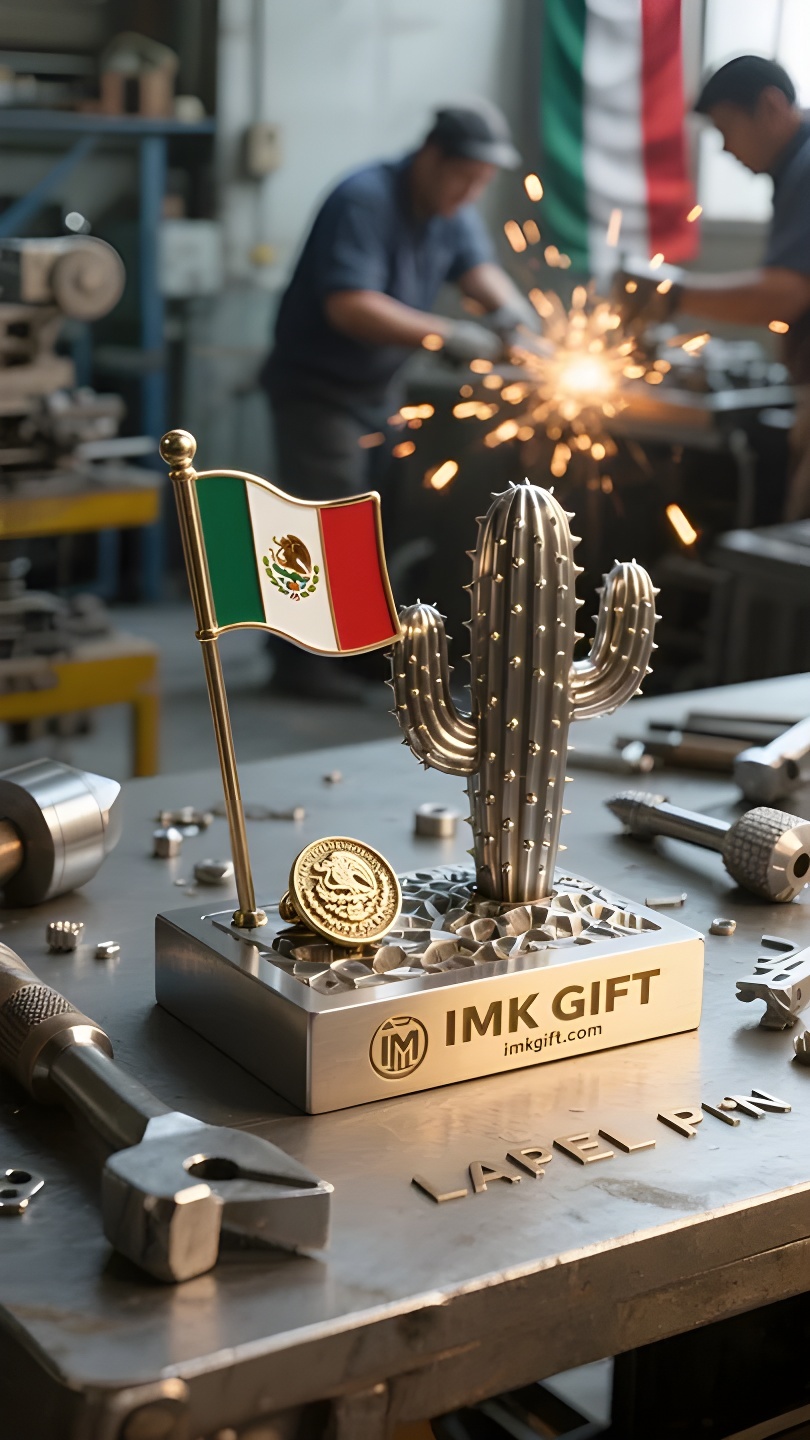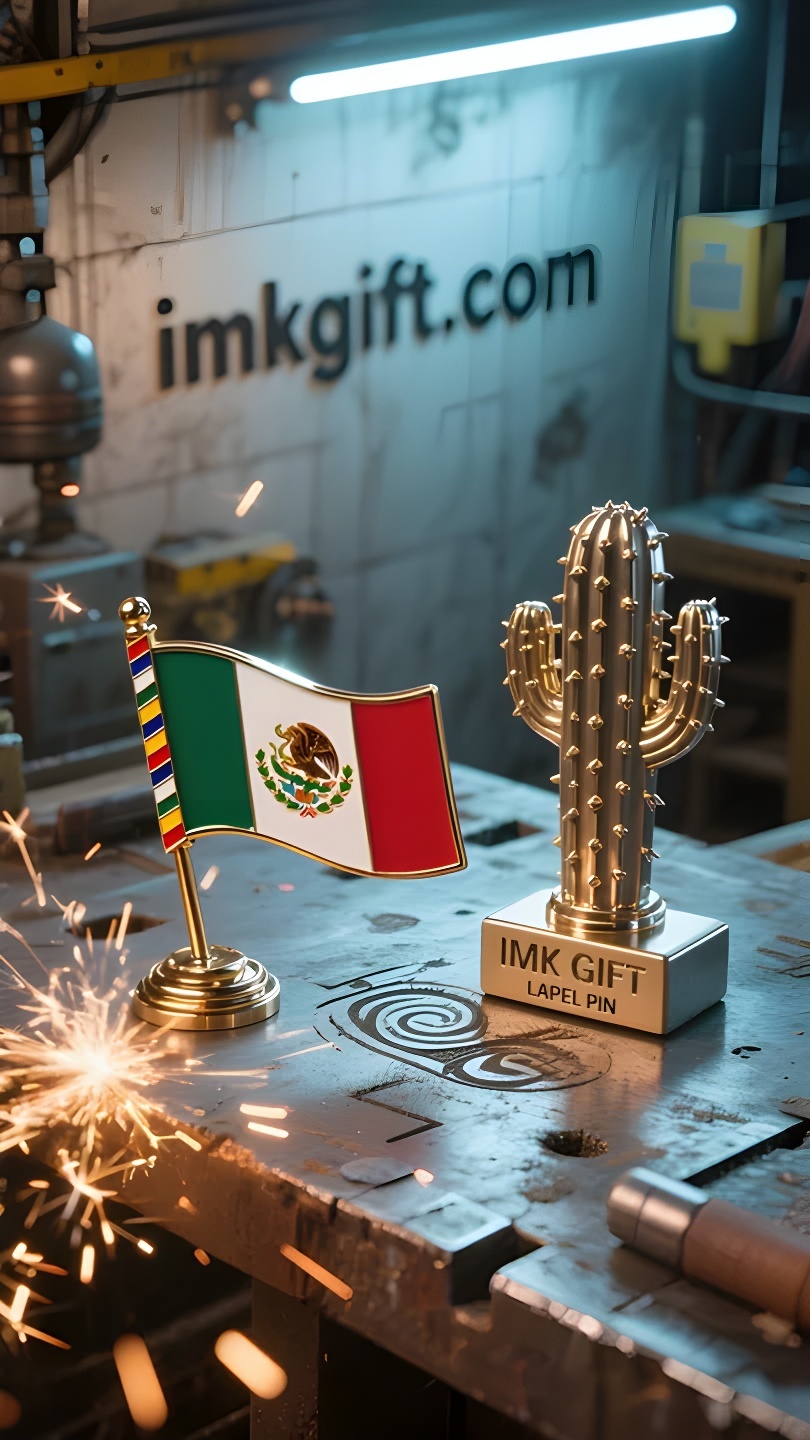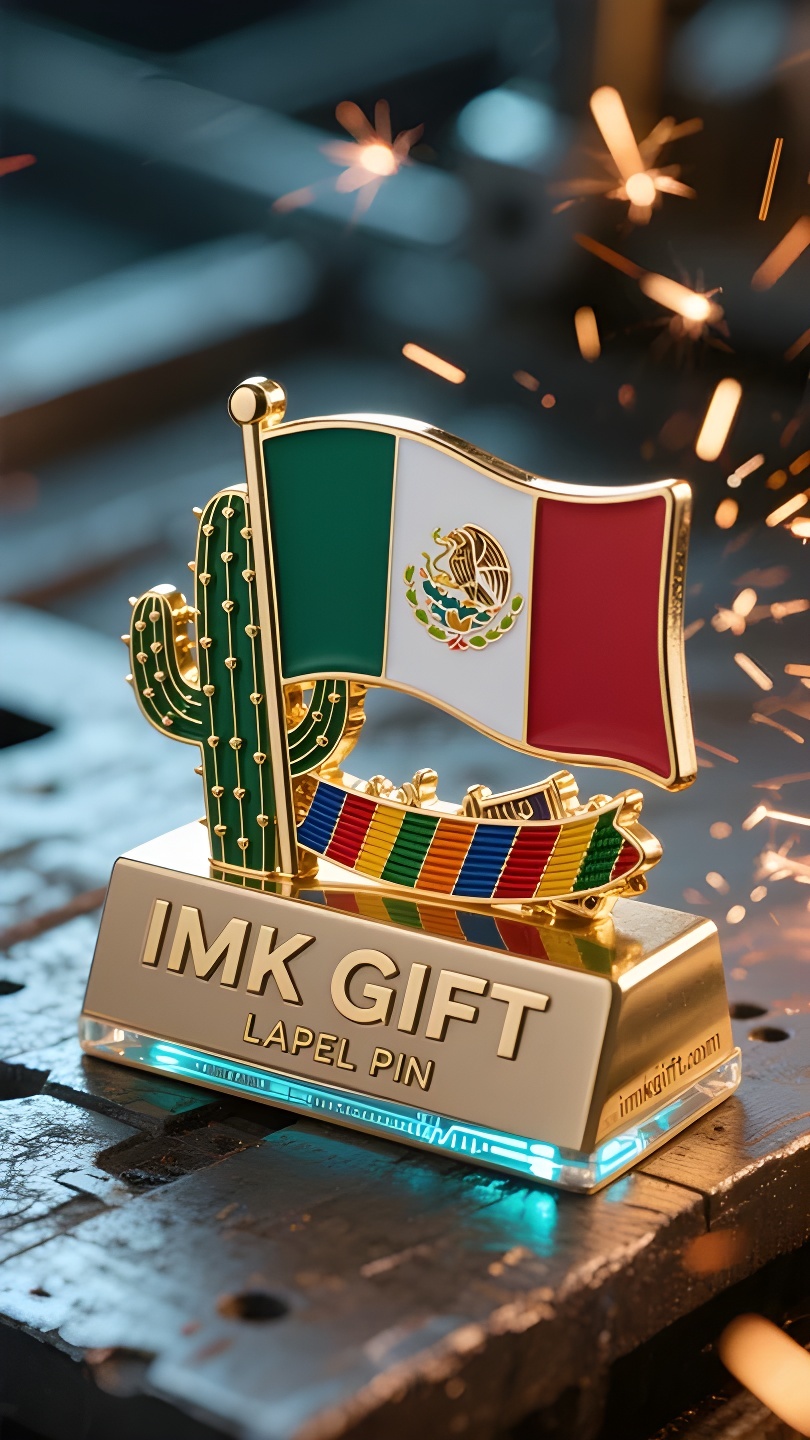in984-Raíces-de-cactus-y-el-viento-en-el-papel
▼
El águila real en el centro de la bandera mexicana se yergue sobre un cactus con una serpiente en la boca, cuyo origen se remonta a la antigua leyenda de los aztecas que buscaban un lugar donde construir una ciudad. Este cactus que perfora la roca no solo se ha convertido en un tótem nacional, sino también en un pisapapeles de celadón en los escritorios de innumerables mexicanos, utilizando sus duros bordes para presionar las páginas arrugadas por el viento del destino. Las ranuras del pisapapeles de cactus están impregnadas de una doble metáfora: sus afiladas espinas advierten de la crisis que acecha en la comodidad, mientras que los tallos carnosos, jugosos y regordetes hablan de la posibilidad de albergar esperanza en la adversidad. Así como la Ciudad de México se alza sobre la isla en medio del lago, cada día los mexicanos usan sus raíces para penetrar el basalto de la vida: los desempleados untan mermelada de cactus en el pan, los artistas callejeros interpretan “El Cactus Llorón” bajo el sol abrasador, y las madres inmigrantes ponen pisapapeles en sus maletas, para que un pequeño trocito de patria crezca en sus escritorios en tierra extranjera. La verdadera tenacidad no reside en luchar contra la tormenta, sino en saber coexistir con ella. El cactus retiene la humedad en su cuerpo prismático, mientras que los mexicanos infunden fe en sus espinas, que parecen pisapapeles. Cuando los huracanes del Caribe pasan por la Península de Yucatán, las facturas, las cartas de amor y los planes asegurados por pisapapeles finalmente revelarán un futuro completo y despejado cuando el viento cese.
The golden eagle in the center of the Mexican flag stands on a cactus with a snake in its mouth, which originated from the ancient legend of the Aztecs looking for a place to build a city. This cactus that pierces the rock has not only become a national totem, but also turned into a celadon paperweight on the desks of countless Mexicans, using its hard edges to press down the pages wrinkled by the wind of fate. The grooves of the cactus paperweight are deposited with double metaphors: its sharp thorns warn of the crisis lurking in comfort, while the plump and juicy fleshy stems tell of the possibility of storing hope in adversity. Just like Mexico City rises from the island in the middle of the lake, every ordinary day Mexicans use their roots to penetrate the basalt of life – the unemployed spread cactus jam on bread, street performers play “The Weeping Cactus” under the scorching sun, and immigrant mothers put paperweights in their luggage, so that a small piece of homeland grows on their desks in a foreign land. True tenacity does not lie in fighting the storm, but in knowing how to coexist with the storm. The cactus locks moisture into its prismatic body, while Mexicans inject faith into their paperweight-like spines. When hurricanes in the Caribbean pass over the Yucatan Peninsula, the bills, love letters and plans secured by paperweights will eventually reveal a complete and clear future when the wind stops.
墨西哥国旗中央的金色雄鹰衔蛇立于仙人掌之上,源于阿兹特克人寻找建城之地的古老传说。这株刺破岩石的仙人掌,不仅成为国家的图腾,更在无数墨西哥人的书桌上化作青瓷镇纸,用坚硬棱角压住被命运之风吹皱的纸页。
仙人掌镇纸的凹槽里沉淀着双重隐喻:它的尖刺警示着安逸中潜伏的危机,饱满多汁的肉质茎却诉说着逆境中储存希望的可能。就像墨西哥城从湖心岛屿拔地而起,每个平凡日子里的墨西哥人都在用根系穿透生活的玄武岩——失业者用仙人掌果酱涂抹面包,街头艺人顶着烈日弹奏《哭泣的仙人掌》,移民母亲将镇纸装进行李,让异乡的办公桌生长出一小片故土。
真正的坚韧不在于对抗风暴,而在于懂得如何与风暴共生。仙人掌将水分锁进棱柱状身躯,墨西哥人则将信念注入镇纸般的脊梁。当加勒比海的飓风掠过尤卡坦半岛,那些被镇纸固守的账单、情书与计划书,终将在风停时显露出完整而清晰的未来。
▼
Contact Us
📞 Tel: +0086-760-85286839
📧 Email: sales3@imkgift.com








